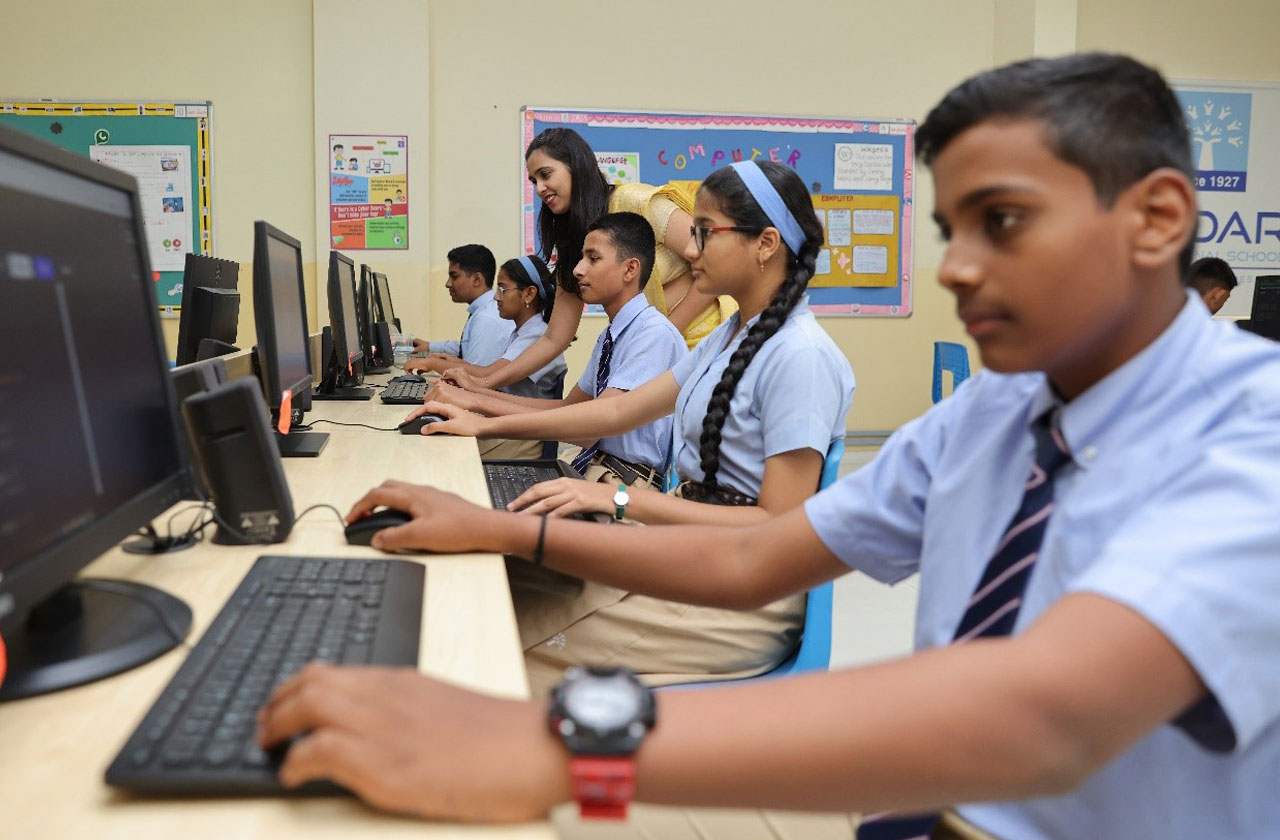Parents’ Guide to Internet Safety for Kids
The Internet is an invaluable resource for learning, entertainment, and communication in today's digital age. However, with its vast opportunities come potential risks, especially for young users. As parents, it's crucial to guide your children through the online world while prioritizing their safety. This comprehensive guide to internet safety for kids provides practical tips, strategies, and information to ensure a secure online environment for your children.
Understanding the Risks:
- Inappropriate Content: Exposure to explicit or age-inappropriate material.
- Online Predators: Individuals who may attempt to exploit or harm children through online platforms.
- Cyberbullying: Harassment, bullying, or intimidation that takes place online.
- Identity Theft: Unauthorized use of personal information for malicious purposes.
- Privacy Concerns: Sharing sensitive information that could compromise a child's safety.
The Parents' Guide to Internet Safety for Kids:
- Open Communication:
Establishing open communication with your child is the foundation of internet safety. Encourage them to share their online experiences, questions, or concerns without fear of judgment. Regularly discuss the importance of responsible online behaviour and the potential risks they might encounter. - Set Clear Boundaries:
Define clear rules and boundaries for internet use. Establish guidelines on the amount of screen time, appropriate websites, and the types of content they can access. Consistency is vital to ensuring these boundaries are respected. - Age-Appropriate Content:
Ensure that the content your child accesses online is age-appropriate. Utilize parental controls on devices, web browsers, and streaming services to filter out content that may not suit their age group. - Teach Online Etiquette:
Educate your child about online etiquette, commonly known as netiquette. Teach them the importance of being respectful, kind, and considerate in online interactions. Reinforce the idea that the same manners apply online as in the real world. - Monitor Online Activities:
Regularly monitor your child's online activities. Be aware of the websites they visit, their apps, and their social media interactions. This proactive approach helps identify potential risks early and allows for timely intervention. - Use Parental Control Software:
Consider using parental control software to enhance internet safety. These tools allow you to filter content, set time limits, and monitor your child's online activities. Choose software that aligns with your specific needs and preferences. - Educate About Online Privacy:
Teach your child about the importance of safeguarding personal information. Emphasize the risks of sharing details such as full names, addresses, schools, and phone numbers. Reinforce the idea that certain data should only be shared with trusted individuals. - Create Strong Passwords:
Help your child create strong and unique passwords for their online accounts. Emphasize the significance of password security and the risks associated with using easily guessable passwords. Encourage regular updates to enhance account protection. - Be Wary of Strangers:
Instill in your child the importance of being cautious when interacting with strangers online. They should never share personal information or agree to meet someone they have only met online without your permission. - Establish Safe Online Practices:
Encourage safe online practices, such as logging out of accounts after use, avoiding clicking on suspicious links, and reporting inappropriate content or interactions. Teach your child to recognize and respond to potential online threats. - Stay Informed:
Keep informed about the latest online trends, apps, and platforms popular among children. This knowledge allows you to stay one step ahead, understand potential risks, and guide your child effectively through their online journey. - Model Healthy Tech Habits:
Children often learn by observing their parents. Model healthy tech habits by demonstrating responsible online behavior, setting boundaries for your internet use, and showcasing effective digital communication.
Podar International School: Integrating Digital Literacy into Education
At Podar International School, we understand the pivotal role that digital literacy plays in the lives of modern students. Our curriculum goes beyond academic subjects, incorporating lessons on responsible internet use and online safety. We aim to equip students with the knowledge and skills to navigate the digital landscape securely. As we prioritize their academic growth, we also recognize the importance of fostering responsible digital citizenship. At Podar International School, a comprehensive education includes preparing students for the challenges and opportunities the digital world presents.
Topics

